6 Things To Unlearn From Your Driving Test
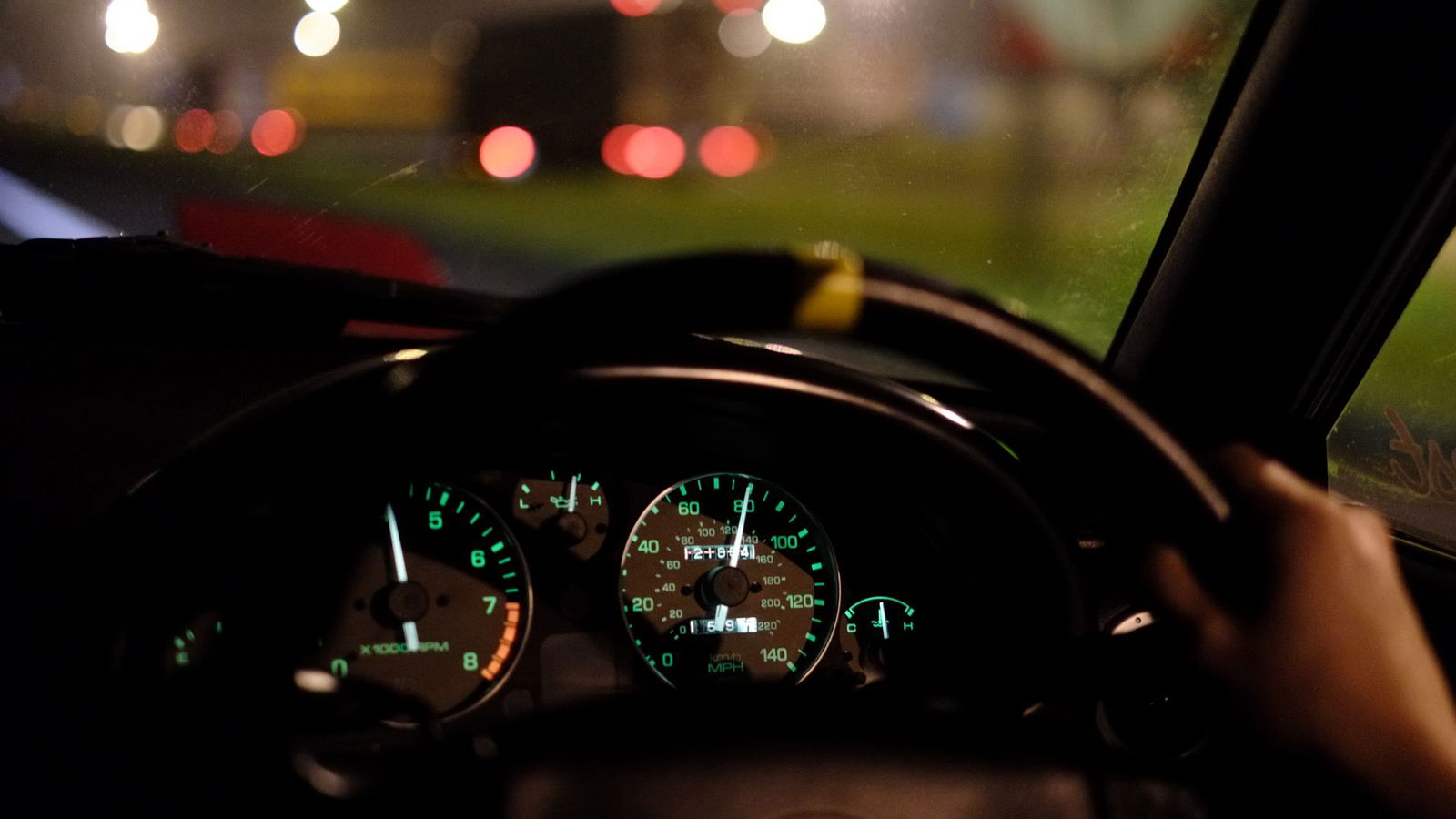
1. 'Feeding' the wheel
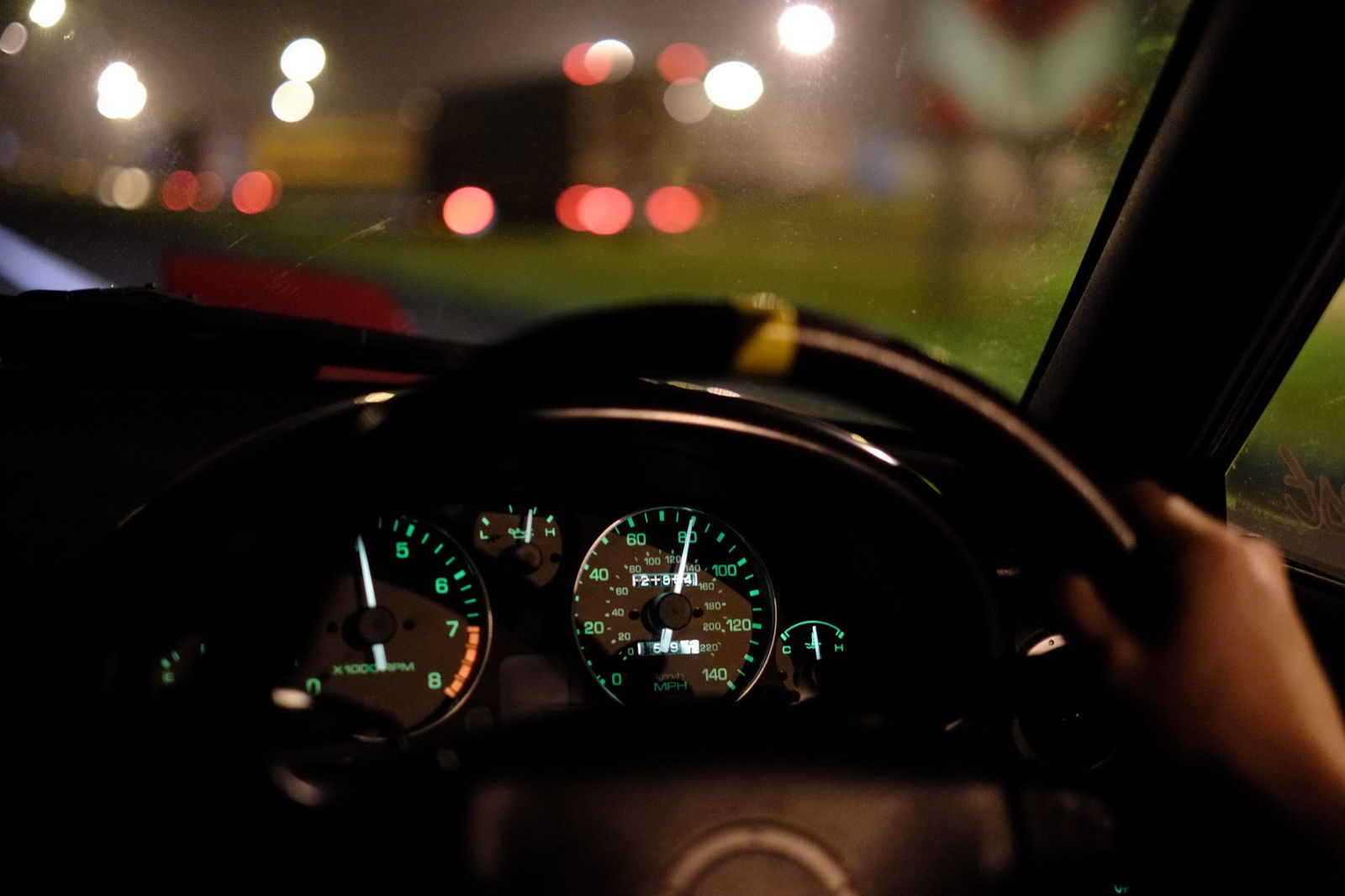
The ‘pull-push’ method, also known as ‘feeding the wheel’, is argubly the most important ‘driving test’ technique. It’s a method that has been taught for years; even the police force use it when training Class 1 drivers. The idea behind the technique is that it allows you to keep both hands on the wheel at all times, therefore making you a ‘safer’ driver.
Unfortunately, this is nothing more than ill-advised rhetoric. Feeding the wheel is inefficient, outdated and in some circumstances, it can be dangerous. For example, imagine that you’re on a country road and you approach a blind corner. You enter what you think is a shallow bend, but as you turn in, the corner starts to decrease in radius. To avoid running wide, you need to add more steering lock quickly but smoothly; something you can’t do effectively when feeding the wheel.
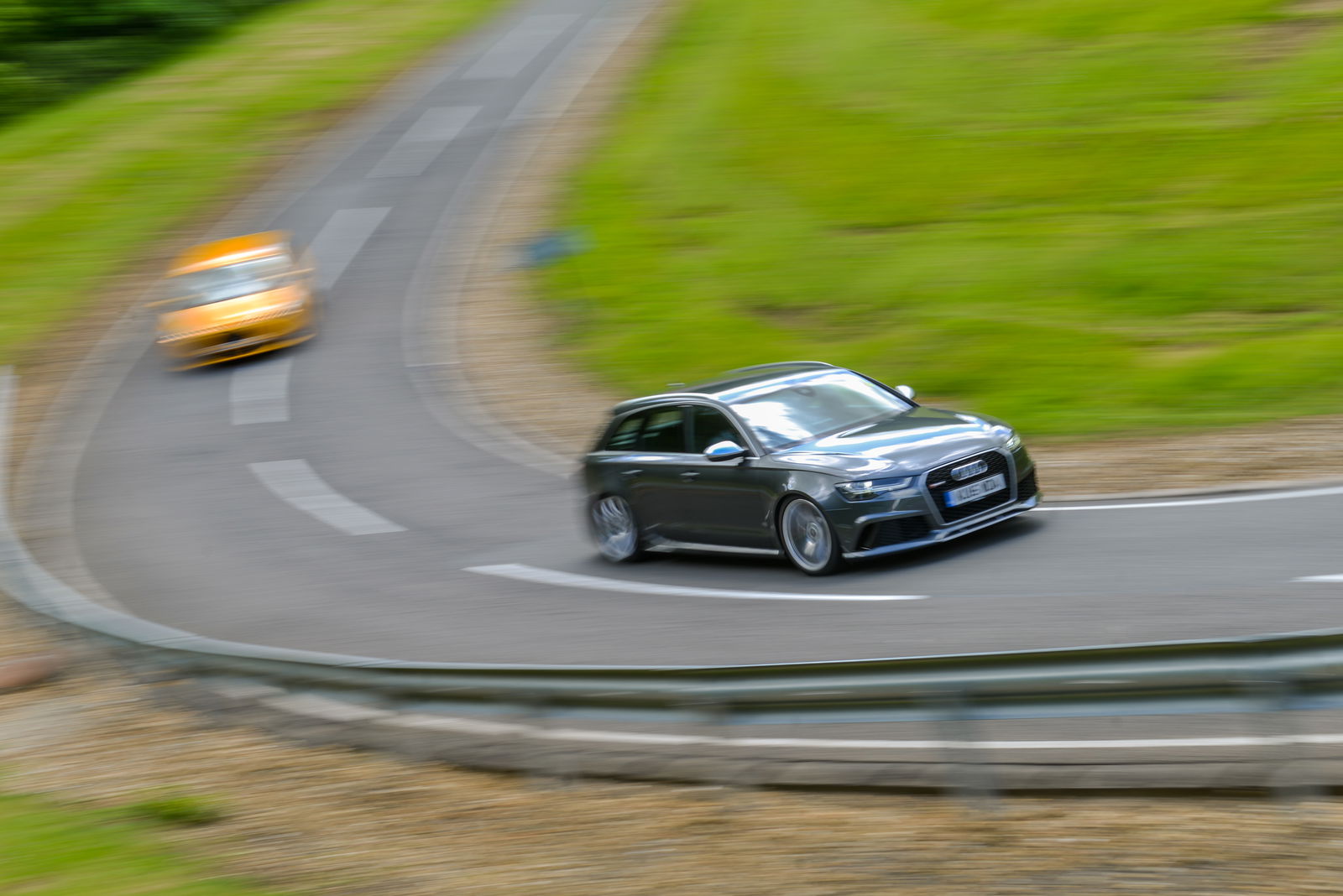
If you attempt to ‘pull and push’ the wheel, you’ll end up making jagged inputs at a point where the car is already unstable. And if the corner continues to tighten, the push and pull technique will be too slow, and you’ll end up running wide.
Instead, if you keep both hands on the wheel and cross your arms, you maintain that vital connection with the wheel. You can feel what the front end is doing and you can add steering input progressively. There’s a reason why ARDS qualified racing instructors ask first time track drivers to keep their hands at nine and three.
2. Constantly applying the hand-brake
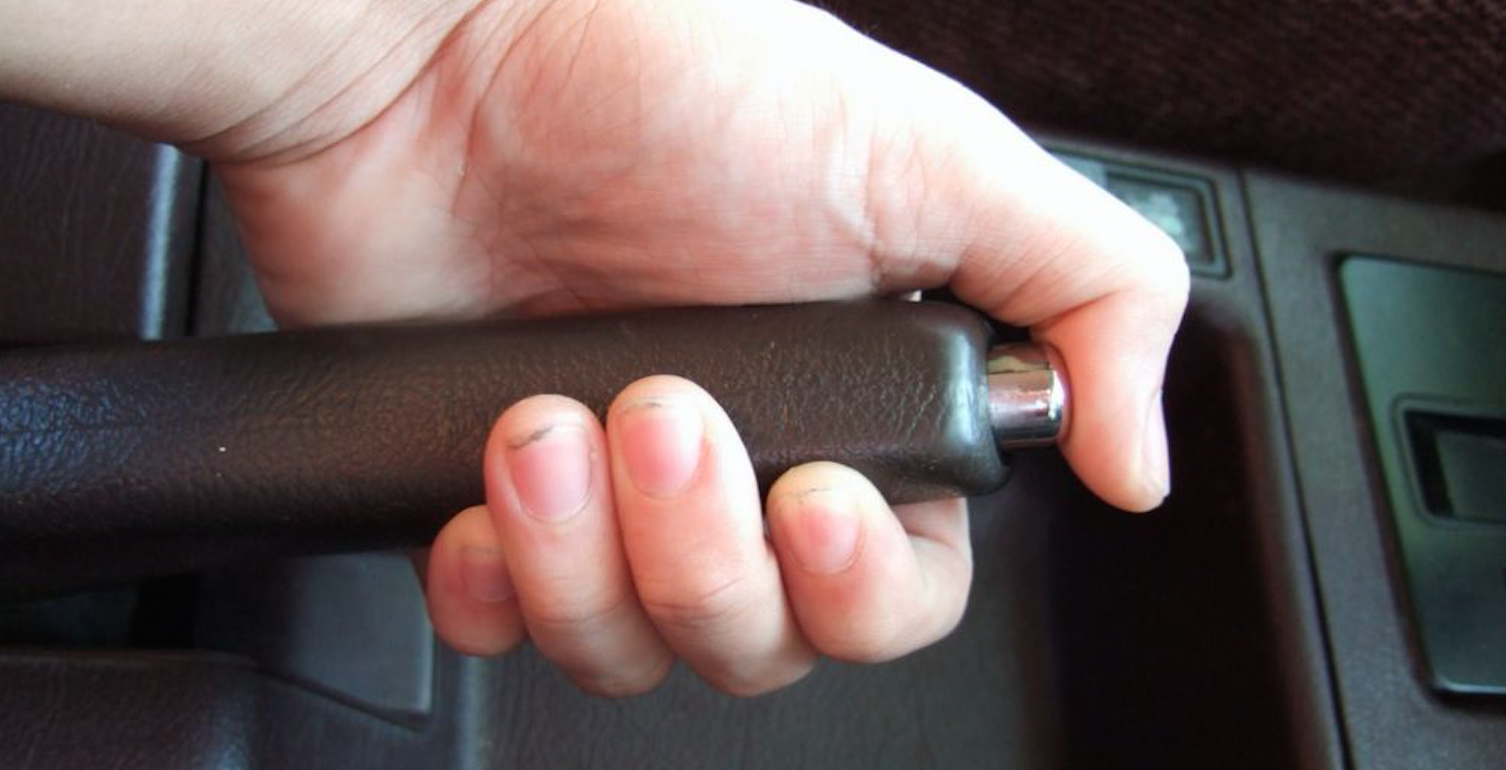
The handbrake is your best friend on the driving test. Almost every time you stop, you’re required to use it; even after the emergency stop! Thankfully, most drivers come to their senses and drop this ‘bad habit’ once they’ve passed their test.
In reality, there’s no need to handbrake every time you come to a halt. For example, if you’re in stop-start traffic, the foot brake will usually suffice. And if you need to make an emergency stop in a pile-up situation, the last thing you should do is apply the handbrake. Once stopped you should check your mirrors, put the car in gear and pull over to the side.
Don’t get us wrong, we’re not saying that you should never use it, but you don’t need to apply it every time you stop.
3. Checking your mirrors at pre-determined intervals
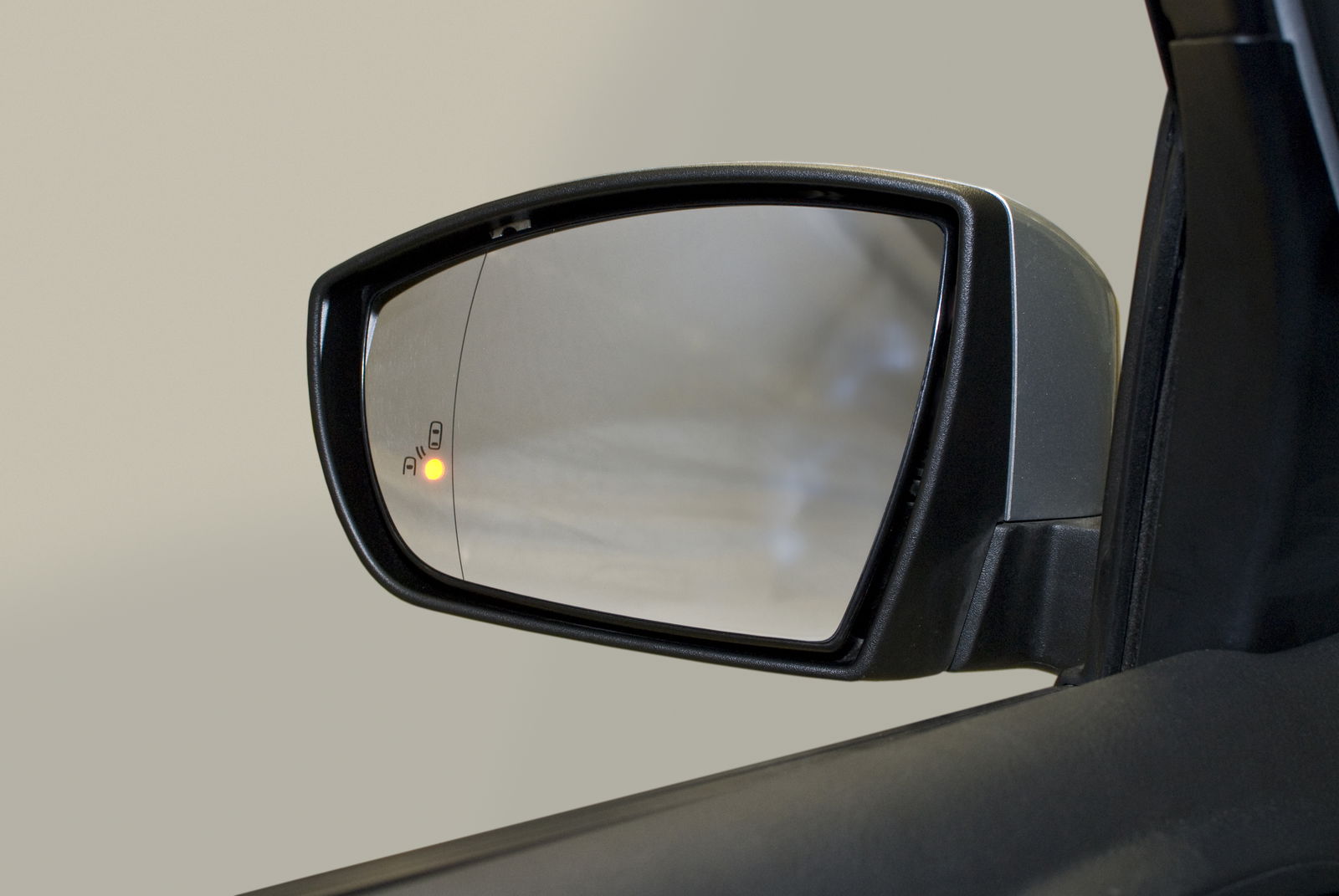
Every time you set off you should theoretically conduct a six-point check. The process goes (in the UK): look over your left shoulder, check your left exterior mirror, check your rear-view mirror, check the road ahead, check your right mirror and then finally look over your right shoulder. On your test you need to make these checks look super obvious to avoid incurring any minor penalties.
Our problem with this technique is the fact that it turns situational ‘awareness’ into a box-ticking exercise. And as we all know, when you do something simply for the sake of it (in this case, pleasing an instructor), the process ceases to have a meaningful effect.
4. Don't flash other road users
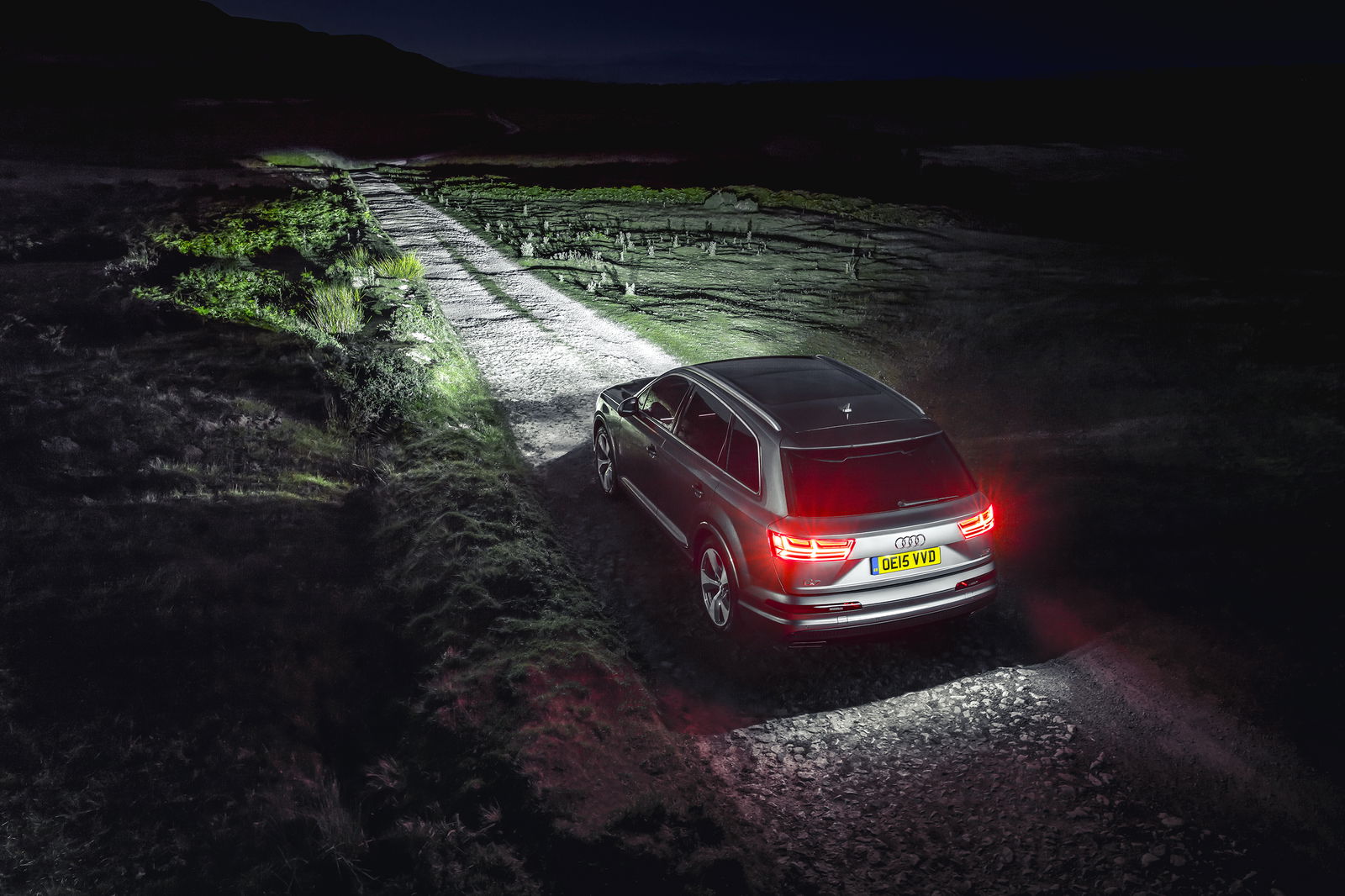
The Highway Code states that you should ‘only flash your headlights to let other road users know that you are there. Do not flash your headlights to convey any other messages’. As a result, you cannot flash your headlights on your driving test, and you cannot react to someone else flashing their lights at you. Now, we understand that in some circumstances this form of communication has the potential to be hazardous, but in most cases we find it to be rather helpful.
Flashing people to say thank you or to let them into a line of traffic is a daily occurrence for most of us. And whatever you might have been told, flashing your lights in the UK is not illegal.
5. Speed is the enemy (it's actually your friend)
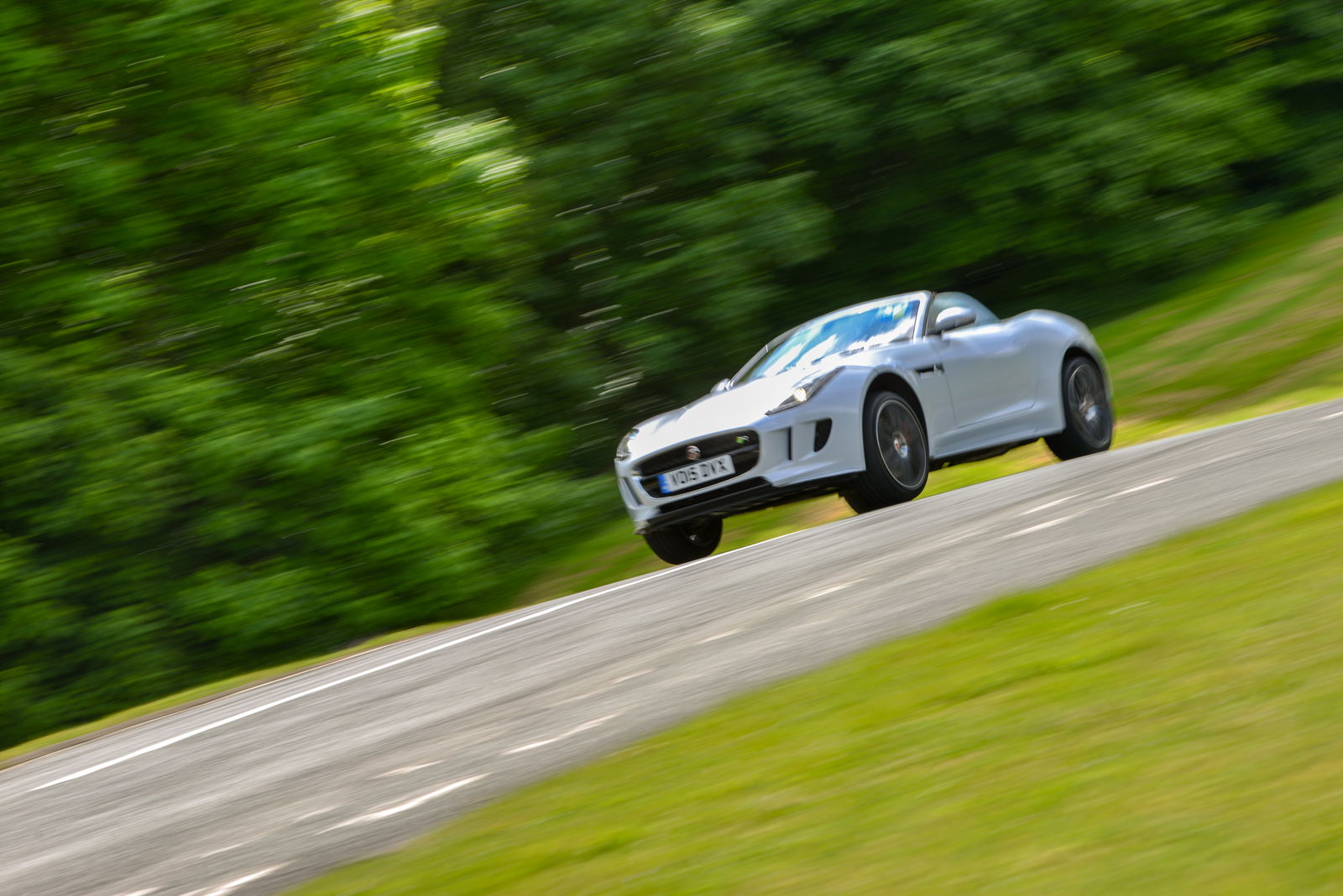
Controversially, the driving test in the UK fails to incorporate any form of motorway driving. The majority of your lessons will take place in busy towns or cities where your maximum speed will be limited to 30mph. As a result, young drivers often view speed as the enemy. This isn’t a major problem on crowded streets, but it can play havoc when it comes to driving on motorways.
When merging onto a faster road, it’s vital that you accelerate to match the speed of the adjacent traffic. Unfortunately, learner drivers often get intimidated and slow down on on-ramps. Not only is this dangerous to the learner driver, but it’s also dangerous to drivers travelling at high speed on the main road. If only they knew that mashing the loud pedal is actually safer.
6. Constantly checking your speed
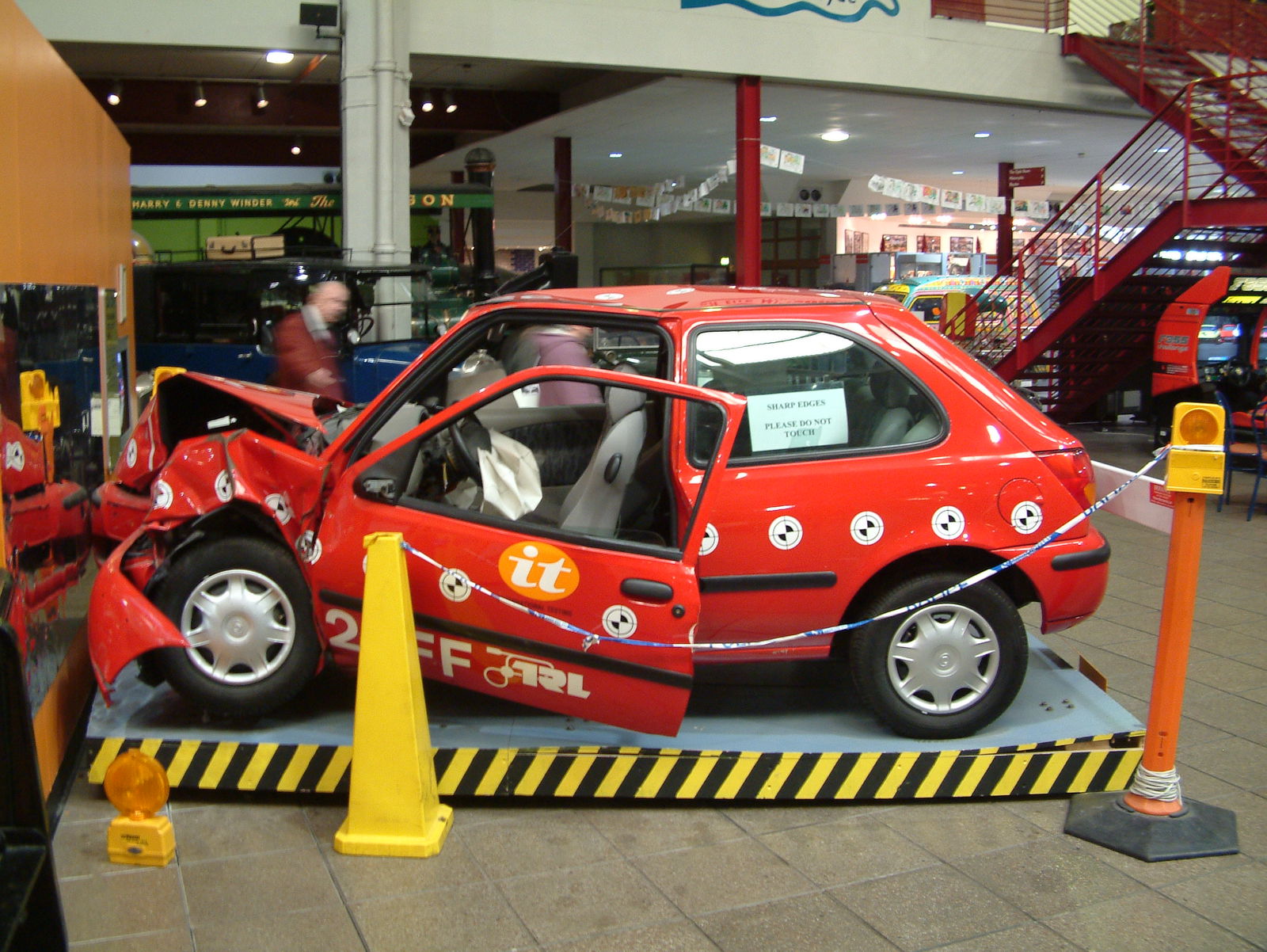
Speeding during your driving test can result in instant failure. As a result, most learners spend the majority of their assessment staring at the speedometer. This is because the test is nothing more than a box-ticking exercise: as long as you’re under the limit, you’re deemed to be safe.
Unfortunately, this is not the case. If you’re doing the speed limit, but not focusing on the road ahead, this is equally (if not more) dangerous than speeding. Thankfully, the more you drive, the more accustomed you become to multi-tasking (checking speed, road conditions and surrounding traffic).
Finally, we want to know from you guys, what pointless things were you told during your driving lessons? Let us know in the comments below!
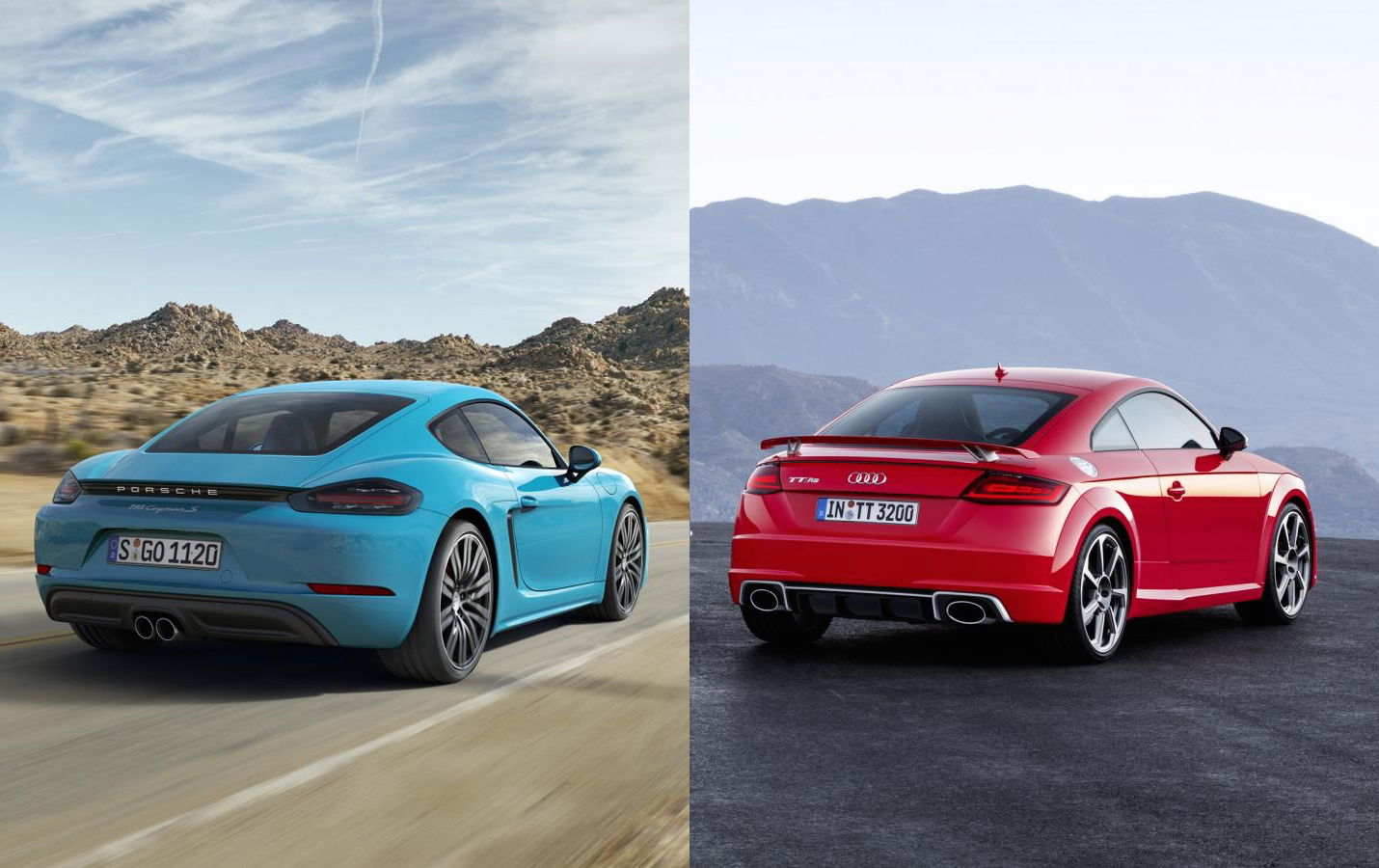
Comments
In my country, Greece we had and might still have a test called “corner”, where in order to get the license you had to park your car in the end of a 90 deegree turn and proceed to reverse without riding the sidewalk to the beggining, that manouvre is actually extremely dangerous and people have been fined for doing it outside of their drivers test
The handbrake one is a load of rubbish. If you’re in a queue of traffic if everyone has their foot on the brake and someone hits the person at the back, the momentum from being hit will make you take your foot off the brake and basically newtons cradle into the car infront making what could of been a 3 car accident into a 5/6 car accident.
Also at junctions driving a manual the handbrake is your friend for a fast pull off. Hand on the handbrake, left foot on the clutch and right foot on the accelerater. And then when the lights change or there’s a gap to pull out in, you release the handbrake and your feet are already on the pedals that matter for making you go so all the movements are done in one go and you get a quick get away.
In Australia you must always be in gear if you’re doing the manual test. Resulting in burning out the clutch 😩 I always leave my car in neutral when stopped. It’s stupid, but to pass you have to.
My driving instructor taught me not to downshift when coming to a full stop (at a traffic light, for example). As soon as I had my license I started working on getting that habit out of my head.
Speed is not your enemy, speed difference is the real problem ;)
Sorry, but I wholeheartedly disagree on a few things in this post. Firstly, flashing other drivers - as stated, it is in the highway code that a flash of the headlights is a warning especially when the horn cannot be used. This is the reason emergency vehicles in the UK have alternating flashing headlights - a flashing white light is instantly recognisable in daylight and therefore a brilliant warning signal to let other motorists know you are there. Insurance companies would have a field-day and refuse to pay out if you misinterpreted a warning signal from another motorist and caused a collision - depending on the result of the collision, you could be stuck on for driving without due care/careless driving by the police.
Secondly - pull/push steering is by far the safest and smoothest way of manoeuvring a vehicle. As someone who is a trained response driver for ambulances and who also holds a category 2 HGV license, I would never think of steering a vehicle in any other manner. If you are barrelling into a corner and suddenly find that it tightens and you can’t steer quickly enough, then you haven’t followed the system of car control and are going too fast for the road. There is a reason category 1 police advanced drivers are taught this system - if it is smooth at a low road speed, then it will be smooth at a high road speed. There is so much more to driving fast than just mashing the accelerator to the floor and this is where many inexperienced/naive drivers find that they have issues. I’ve lost count of the number of collisions I attended as a crew caused by inexperience/over-confidence and too much speed resulting in a total loss of control of the vehicle either by understeering into a corner or by completely unbalancing the vehicle mid-corner through multiple inputs (braking/steering) resulting in the vehicle ending up embedded in a hedge/other vehicle.
For those who aren’t aware - the system of car control follows the simple acronym IPSGA:
Information - gathering all the information possible about the road ahead allowing you to anticipate and plan for any hazards which may become apparent.
Position - once you have gathered all the information required, you can then move the vehicle to a suitable position on the road.
Speed - once you have positioned the vehicle on the road, then you are able to identify a suitable speed for both the road ahead and also for your position on the road.
Gear - speed of the vehicle determines the gear that you drive along in, taking into account both efficiency, responsiveness and mechanical sympathy.
Acceleration - after reading the road ahead, positioning the vehicle appropriately, choosing an appropriate speed and gear we can finally think about acceleration/deceleration.
Source: personal experience - ambulance response driver, member of the Institute of Advanced Motorists, C-class license holder.
not using hand-brake? how will we be drifting?
Road test………… I live in India. 😅
I would call it a joke. But that would be an insult to jokes world over.
Im not much of a road rager but people merging at 60% the speed of oncoming traffic make my gasket blow everytime…i actually did highway driving during lessons and the first time i was on an on-ramp the instructor told me to floor it
Pagination